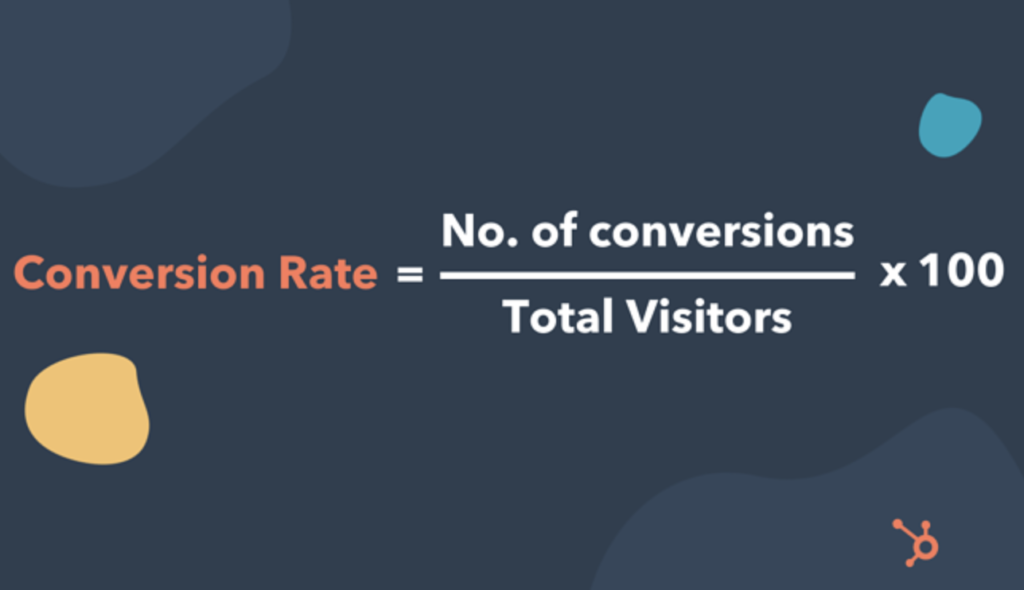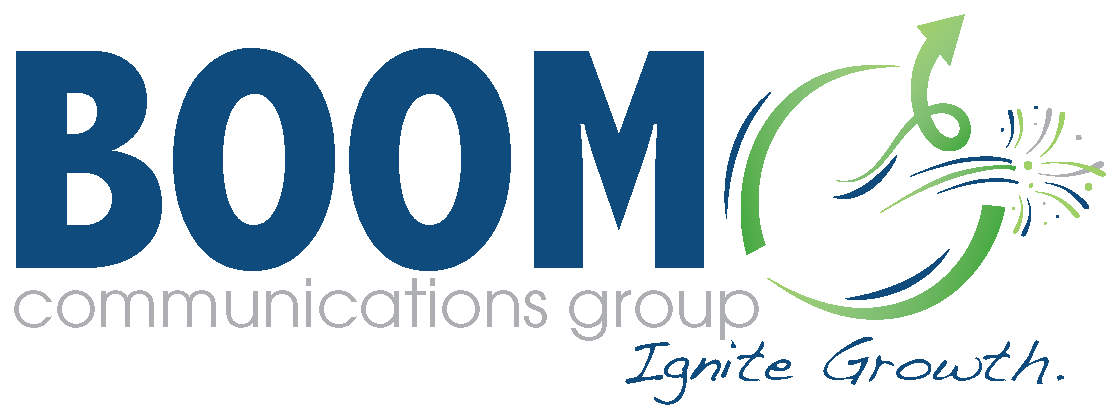
Conversion Rate Optimization for Small Websites: It Works!
Are you seeing the conversions you hoped for on your website? Then it’s time for conversion rate optimization. Conversion rate optimization isn’t a one-time task but a repeated strategy to keep your traffic and conversions high. While the effort may feel daunting, the reward is worth the investment.
Explore what conversion rate optimization is and the nine tips for optimizing your small website.
Key Takeaways:
- Conversion rate optimization is building your website around traffic conversion.
- Start by analyzing your current website’s performance to find areas for improvement.
- Testing web pages ensures they’re optimized before you launch them.
- Continually monitor your website’s performance so you can keep it optimized.
Why Is Conversion Rate Optimization Important?
Conversion rate optimization (CRO) is increasing your online conversions through streamlined processes, effective design, and smart marketing strategies.
A CRO strategy is important for businesses with small websites because it allows you to make the most of what you have. You don’t need to have a booming business with dozens of web pages to optimize it for conversion.
Instead, you can use the handful of website pages you already have to attract more traffic and fill your sales pipeline with qualified leads. Then, you’ll see more results with your current marketing budget.
9 Tips for Conversion Rate Optimization for Small Websites
Use these nine conversion rate optimization strategies to increase your small website’s growth.
Tip 1: Know Your Goals
Your conversion goals are what you hope to accomplish through your pages. Each web page has its unique conversion goal. You might use some pages to capture leads while others to convince visitors to subscribe to your publication.
When establishing your goal, consider the average conversion rate of your industry. For example, the average conversion rate for ecommerce brands in 2022 was 2.3% of visitors who purchased products.
Use the conversion rate optimization formula to find your conversion rate.

To find your conversion goal, start by analyzing each page’s intent. For instance, a customer on the pricing page is interested in purchasing. Therefore, your conversion goal would be a target number of webpage sales.
However, someone visiting a blog post might still be in the research stage of the sales funnel. So, your conversion goal would be to capture leads for nurturing.
Tip 2: Establish Your Metrics
How do you know you’re successful in reaching your goal?
After establishing the goal, you’ll need to decide on metrics for tracking your success. A key to CRO is testing web pages. However, you can’t compare your test results unless you know what metrics to track and compare.
Some standard conversion metrics include:
- Page views
- Link clicks
- Sales
- Trial or demo booking
- Signups (for webinars, newsletters, etc.)
- Downloads
- Leads generated
Tip 3: Analyze the Site’s Current Performance
Before optimizing your website’s performance, you must analyze where it currently is compared to your conversion goals.
There are three primary areas you should analyze:
- Drivers: How does your current traffic find your site? (Ads, SEO, social media posts)
- Barriers: When and why does your traffic bounce? (Poor page load speed, no navigation, poor quality information)
- Hooks: When and why does your traffic convert?
You can use your website’s analytic tools to find some of these answers. However, you may also have to send customer surveys to find other data. For instance, when a customer subscribes to your publication, you might ask them why they chose to sign up.
Tip 4: Analyze Your Competition
What are others in your industry doing?
Look at highly successful websites to see how they set up their pages and the type of content they share. This will give you ideas for items you might be missing.
While you want to look at your competition, you don’t want to copy them. Instead, you want to use it as a springboard, then build a unique website from those ideas that improves on what your competition has.
Tip 5: Focus on Key Website Pages
What pages can you optimize for conversion?
All your web pages are opportunities to convert traffic. Even if you aren’t converting traffic into customers, you’re still converting them into leads, qualified leads, and interested buyers.
Some of the pages to focus on are:
- Homepages
- Pricing pages
- Blog posts
- Landing pages (for ads, marketing campaigns, and social media posts)
Advertising landing pages have the highest conversion rate, ranging between 21 and 50%.
Tip 6: Focus on Your Call to Action
Your call to action is the line or button that converts traffic. It might be a button to contact you or a purchase button. All other content on your pages leads to that one button or link, so make sure it stands out.
Here are a few tips for optimizing your call to action:
- Differentiate it through color, fonts, or bold text
- Place the button above the fold (so visitors don’t have to scroll to see it)
- Don’t make the CTA too complicated (avoid long forms)
- Clearly define what the call to action is
Tip 7: Create Purpose-Driven Content
Content, for content’s sake, is just words on a page. However, content with a purpose is persuasive and goal oriented. If you want to optimize your page for conversion, everything you add must move visitors closer to that goal.
Say you want traffic to sign up for your publications. Then, the content on that page must show how your publications benefit the reader so that they have every reason to sign up by the end.
Some ways to use content to improve your conversions include:
- Creating a sense of urgency
- Sharing testimonials
- Sharing case studies
- Writing customer-centric content
Tip 8: Use A/B Testing
Before launching a page, especially a key page like your homepage or landing page, you want to test its performance. A/B testing effectively analyzes website performance.
For A/B testing, you do a small launch of your web page and gather performance data. Then you adjust one or two elements and relaunch that page to compare its performance.
For instance, you might make your CTA a large red button because you saw another website successfully do that. However, you won’t know if it will yield the same results unless you try it first. Afterward, you might try a more subtle CTA to see if your traffic responds better to a link and bold line of text.
The version that performs best will become your final web page.

Tip 9: Track Your Website’s Performance
Optimization isn’t an evergreen strategy. You have to continually optimize your website to ensure it performs well.
As customer needs and behaviors change, your website needs to also change. Performing a CRO audit will review how your website is performing and notify you of any content you need to update. A CRO audit checks your content for potential issues like missing information or broken links. It also tells you how much traffic pages are bringing in.
That way, you’re staying on top of trends rather than playing catch up with your competition.
Improve Your Sales Process
Boom Communications Group is dedicated to helping businesses grow through optimized sales processes. Our advertising services help you improve your sales process from that first touchpoint until conversion.
Contact us to learn more about our business growth and sales strategy services.
